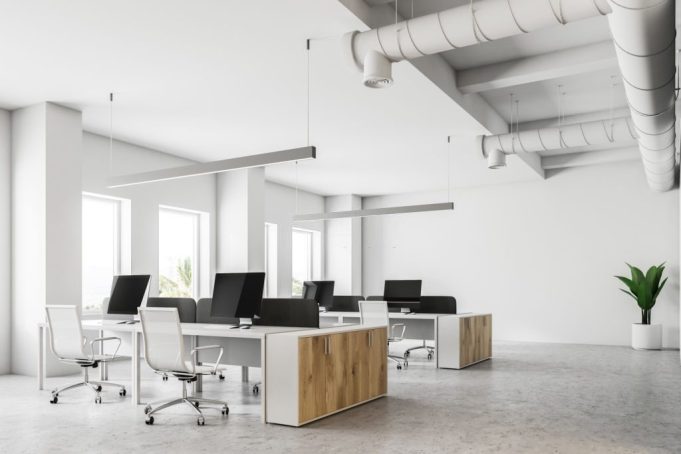In the realm of modern business, where collaboration and communication are paramount, the conference table stands as an icon of organizational interaction. As the focal point of boardrooms, meeting spaces, and creative hubs, the conference table has evolved significantly over time, reflecting not only changes in design trends but also shifts in workplace culture and technology.
Origins and Functionality:
The concept of the conference table traces its roots back to ancient civilizations where communal gatherings were held around large, rudimentary structures. However, it wasn’t until the Renaissance period that the modern form of the conference table began to take shape. With the emergence of formalized institutions and governance structures, there arose a need for a designated space where ideas could be exchanged and decisions made.
Early conference tables were primarily functional, designed to accommodate a large number of people while providing a sturdy surface for reading documents and drafting agreements. Crafted from solid wood and often adorned with ornate carvings, these tables were symbols of authority and prestige, reserved for the elite echelons of society.
The Evolution of Design:
As the industrial revolution unfolded, advancements in manufacturing techniques led to a diversification of materials and styles in furniture design, including conference tables. The Victorian era saw the proliferation of polished mahogany tables, embellished with intricate inlays and decorative accents, reflecting the opulence of the period.
However, the 20th century brought about a shift towards more streamlined and functional designs. Influenced by the principles of modernism and the Bauhaus movement, conference tables began to emphasize simplicity, clean lines, and practicality. Materials such as steel, glass, and laminate became increasingly popular, offering durability and versatility in design.
The Rise of Technology:
The advent of the digital age heralded a new era for conference tables, transforming them from passive pieces of furniture into dynamic hubs of technological integration. With the proliferation of computers, projectors, and video conferencing systems, the traditional conference table evolved to accommodate a wide array of electronic devices and connectivity options.
Integrated power outlets, cable management systems, and wireless charging pads became standard features, allowing participants to stay connected and productive during meetings. Furthermore, the rise of interactive displays and smart whiteboards revolutionized the way ideas were presented and collaborated upon, turning the conference table into a digital canvas for brainstorming and ideation.
Adapting to Changing Work Dynamics:
In recent years, the concept of the conference table has undergone further transformation in response to changing work dynamics and evolving organizational cultures. With the rise of remote work and flexible scheduling, traditional boardrooms have given way to more agile and adaptable meeting spaces.
Modular conference tables that can be easily reconfigured to accommodate different group sizes and activities have become increasingly popular, enabling organizations to optimize their use of space and resources. Additionally, the integration of ergonomic features such as adjustable height settings and ergonomic seating reflects a growing emphasis on employee well-being and comfort.
The Shift Towards Collaboration:
Perhaps the most significant evolution in conference table design is the growing emphasis on collaboration and teamwork. In an era defined by innovation and rapid change, organizations recognize the importance of fostering creativity and synergy among their teams.
As a result, modern conference tables are designed to facilitate interaction and engagement, with features such as circular or oval shapes that promote eye contact and inclusivity. Some tables are equipped with built-in audiovisual systems and teleconferencing capabilities, allowing teams to connect with colleagues across the globe in real-time.
Furthermore, the integration of writable surfaces and markerboard finishes encourages spontaneous brainstorming and idea generation, transforming the conference table into a dynamic hub of creativity and innovation.
Looking Ahead:
As we look towards the future, the conference table is likely to continue evolving in response to emerging technologies and changing work paradigms. From virtual reality-enabled collaboration spaces to AI-powered meeting assistants, the possibilities are endless.
However, amidst these technological advancements, it is essential to remember that the true essence of the conference table lies in its ability to bring people together, facilitate meaningful dialogue, and drive collective action. Whether it’s sealing a business deal, solving a complex problem, or simply sharing ideas over coffee, the conference table remains a symbol of human connection and collaboration in an increasingly digital world.

















